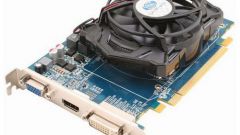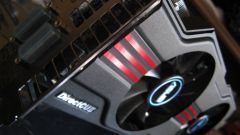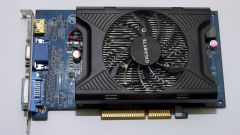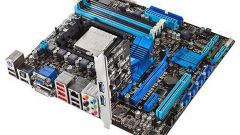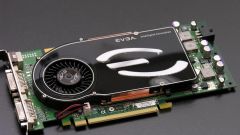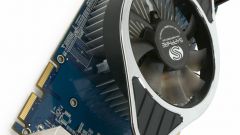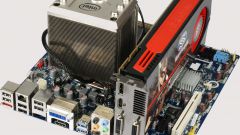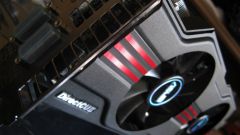Instruction
1
Variety BIOS, like any other program, different version and manufacturer. However, the essence of the content and method of operation are identical in all BIOS. To log into the system I / o, just press Del after a reboot, before loading the operating system from the hard disk. Sometimes you have to press another key as a hint look at the bottom of the screen during RAM testing: Press Del to enter setup. If Del is written in another key or their combination – click it.
2
Opens the settings window of BIOS. Search for different tabs to change a particular setting. The value of the largest size of RAM is used for storing textures, located in the tab the AGP Aperture Size (or the AGP Aperture Size (MB)/AGP Graphics Aperture Size/Aperture Size/Aperture Size Select/Graphics Aperture Size/Graphics Win Size/Graphics Windows Size/IGD Aperture Size). The values in the tab: 32, 64, 128, 256 (in older versions: 4, 8, 16).
3
To synchronize the colors of graphics and images captured using the video editing Board, use the tab Palette Snooping (VGA Palette Snoop PCI/PCI (VGA) Palette Snoop). If the colors are not displayed correctly, move to Enabled state ("Enabled").
4
Video cards require a dedicated interrupt, this option can be enabled in the tab Allocate IRQ for PCI VGA (Allocate IRQ to PCI VGA/Assign IRQ For VGA). If you do not have enough free interrupts, disable, moving the value to Disabled. Better this option to enable in the Enabled position.
5
To specify the amount of system memory needed for the integrated graphics core of the chipset in the item Display Cache Window Size (Frame Buffer Size/Int. Gfx Memory Size Select/Internal Graphic Mode Select/Internal Graphics Mode Select/On-Chip Frame Buffer Size/On-Chip Video Window Size/Onboard VGA Frame Buffer/Onboard Video Memory Size Share Memory Size/System Share Memory Size/UMA Frame Buffer Size VGA Share Memory Size). For correct operation it is recommended to set the value similar to the AGP Aperture Size.
6
The settings for the graphics core DVMT you can take in tabs: DVMT; DVMT 4.0 Mode; DVMT Mode; DVMT Mode Select; FIXED Memory Size; Memory Size DVMT; DVMT/FIXED Memory; DVMT/FIXED Memory Size; IGD DVMT/Fixed Memory.
7
Specify the frequency of the AIMM module on the tabs: Display Cache Frequency; CAS# Latency; Paging Mode Control; RAS-to-CAS Override; RAS# Timing; RAS# Precharge Timing. Values are: 100MHz, 133MHz.

